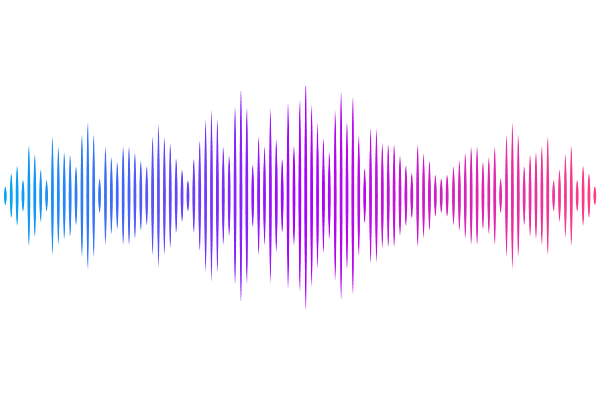DESI Data Release 1: Stellar Catalogue

DESI Data Release 1: Stellar Catalogue
Sergey E. Koposov, Ting S. Li, C. Allende Prieto, G. E. Medina, N. Sandford, D. Aguado, L. Beraldo e Silva, A. Byström, A. P. Cooper, Arjun Dey, C. S. Frenk, N. Kizhuprakkat, S. Li, J. Najita, A. H. Riley, D. R. Silva, G. Thomas, M. Valluri, J. Aguilar, S. Ahlen, D. Bianchi, D. Brooks, T. Claybaugh, S. Cole, A. Cuceu, A. de la Macorra, J. Della Costa, Biprateep Dey, P. Doel, J. Edelstein, A. Font-Ribera, J. E. Forero-Romero, E. Gaztañaga, S. Gontcho A Gontcho, G. Gutierrez, J. Guy, K. Honscheid, J. Jimenez, R. Kehoe, D. Kirkby, T. Kisner, A. Kremin, O. Lahav, M. Landriau, L. Le Guillou, A. Leauthaud, M. E. Levi, M. Manera, A. Meisner, R. Miquel, J. Moustakas, S. Nadathur, N. Palanque-Delabrouille, W. J. Percival, F. Prada, I. Pérez-Ràfols, G. Rossi, E. Sanchez, E. F. Schlafly, D. Schlegel, H. Seo, R. Sharples, J. Silber, D. Sprayberry, G. Tarl'e, B. A. Weaver, R. Zhou, H. Zou
AbstractIn this paper we present the stellar Value-Added Catalogue (VAC) based on the DESI Data Release 1. This VAC contains stellar parameter, abundance and radial velocity measurements for more than 4 million stars. It also contains, for the first time, measurements from individual epochs for more than a million stars with at least two observations. The main contribution to the catalogue comes from the bright program of the main survey, which includes $\sim $2.5 million stars, and the backup program, which includes $\sim $ 1 million stars. The combined magnitude range for the stars in the catalogue extends from Gaia G $\sim 12$ to G $\sim 21$. For the magnitude range $17.5<G<21$ this catalogue represents a factor of 10 increase in the number of stars with radial velocity and abundance measurements compared to existing surveys. Despite DESI's resolution (R $\sim 2500-5000$), the median radial velocity random error for stars in the catalogue is better than 1 km s$^{-1}$. The stellar parameters and abundances of stars in DESI are measured by two independent pipelines, and after applying a temperature-dependent calibration, [Fe/H] abundances of high signal-to-noise stars are accurate to better than $\sim$ 0.1 dex when compared to high-resolution surveys. The catalogue probes different Galactic components including a particularly large number of distant stars: tens of thousands of stars further than 10 kpc, and thousands further than 50 kpc. The catalogue also contains several thousand extremely metal-poor stars with ${\rm [Fe/H]}<-3$. The released sample of stars includes measurements for thousands of stars that are members of dwarf galaxies, open and globular clusters as well as members of several dozen stellar streams. The next public DESI data release is expected in two years and will contain three times as many stars as DR1.